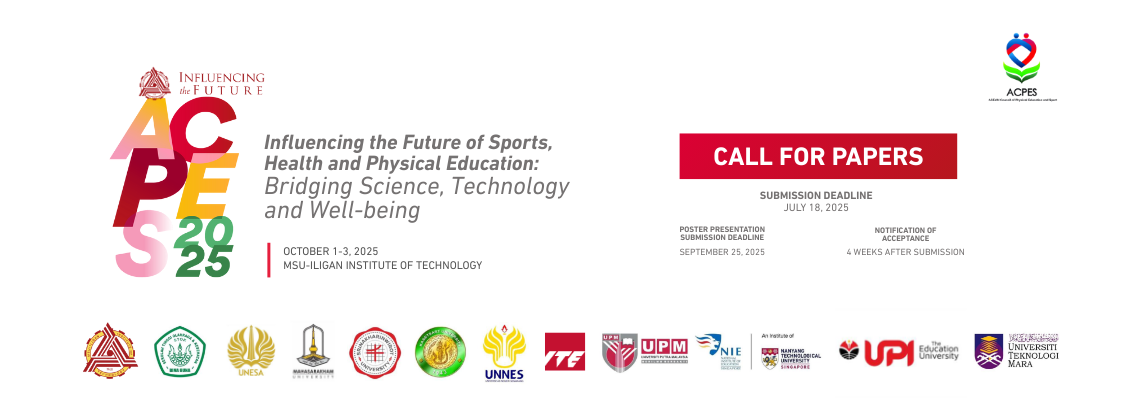Speaker
Description
Badminton is an intermittent high-intensity sport characterized by short bursts of explosive actions, rapid changes in direction, and minimal recovery time. The study aimed to analyze the physical fitness characteristics of elite sub-badminton athletes in East Java, Indonesia. The cross-sectional study involved 48 badminton players, including sub-elite (n = 24) and competitive athletes (n = 24), aged 18–25, both male and female, from five badminton clubs. The physical attributes measured included aerobic capacity (Yo-Yo Intermittent Recovery Test Level 1), anaerobic power (Wingate Anaerobic Test), speed and agility (5-meter and 10-meter sprint tests, T-test), strength and power (handgrip test, vertical jump, medicine ball throw), and flexibility (sit-and-reach test), following standard sports science methods. Data were analyzed using multivariate analysis of variance (MANOVA), with effect size calculated using partial eta squared (η²). In VO₂max (mean 56.8 vs. 51.3 ml/kg/min, p < 0.001), vertical jump (52.3 vs. 45.1 cm, p < 0.01), and agility T-test (mean 9.37 vs. 10.12 sec, p < 0.05), elite players performed significantly better than sub-elite players. Both handgrip strength and anaerobic power (peak watts/kg) showed significant effect sizes (η² > 0.14). Agility and aerobic fitness did not differ by gender, but upper-body strength and flexibility did. In competitive badminton, physical fitness elements specifically, aerobic endurance, lower-body power, and agility are key performance differentiators. These results highlight the importance of targeted conditioning programs and regular profiling to maximize athletic development.
Keywords: Badminton, Performance Analysis, Intermittent sport, Physical Performance, Fitness

